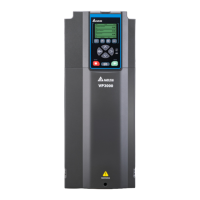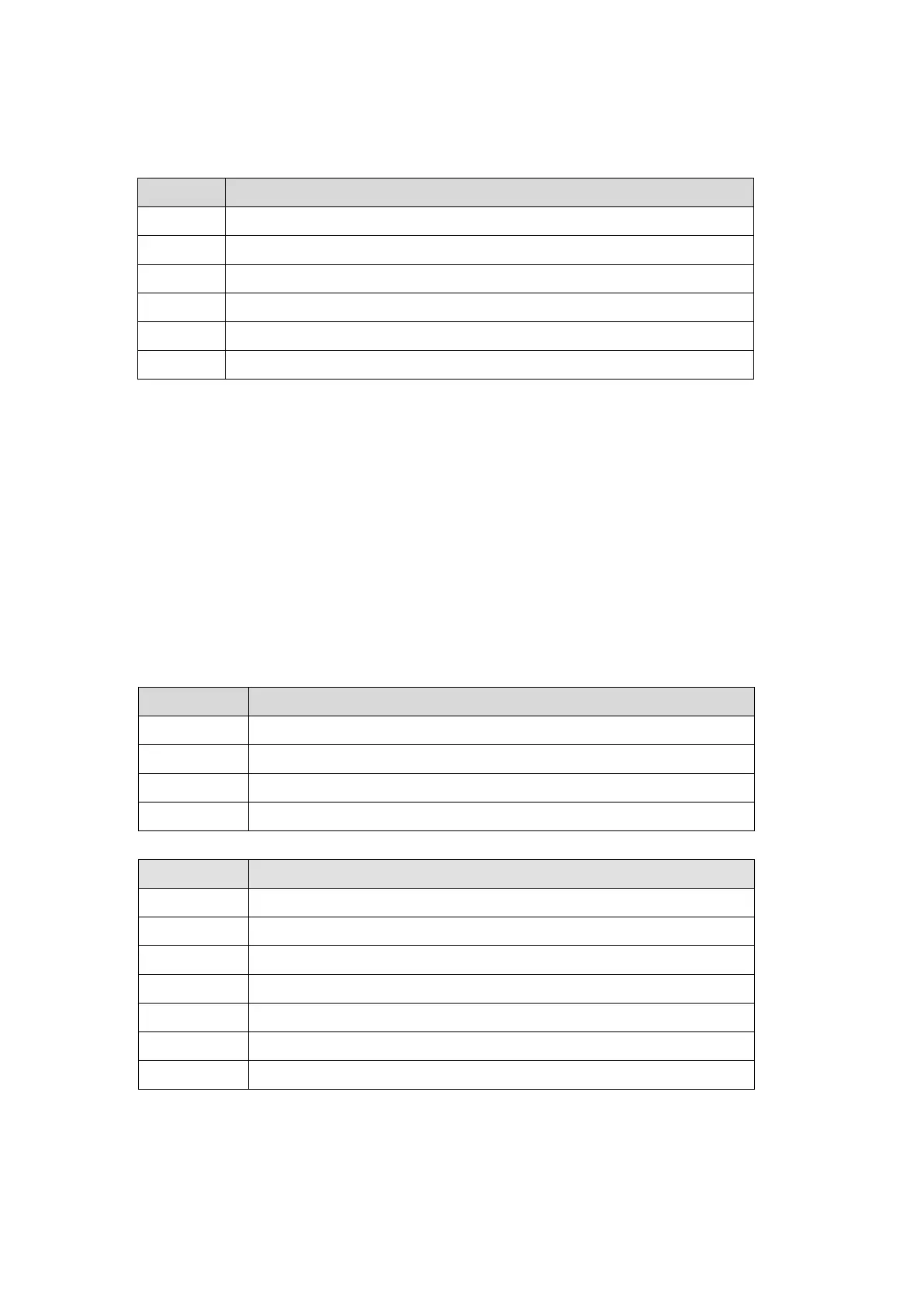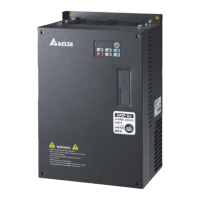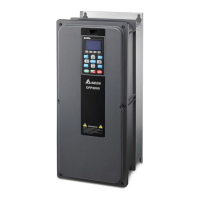NOTE: If you choose to operate the motor with VF control method, directly refer to
Section 5-4-1 IMVF.
3. Select the type of motor autotune.
(1) If the motor is connected to a load or cannot rotate, set Pr. d1-00 = 1: IM static autotune.
(2) If the motor does not connect to a load and is able to rotate, when it operates lower than
the rated frequency, set Pr. d1-00 = 2: IM simple active autotune.
(3) If the motor does not connect to a load and is able to rotate, when it operates higher than
the rated frequency, set Pr. d1-00 = 3: IM advanced active autotune.
(4) If Pr. C0-00 is set as SynRM, set Pr. d5-00 = 2: SM blocked rotor autotune.
4. Execute autotune.
(1) Autotune success, check the motor parameters.

